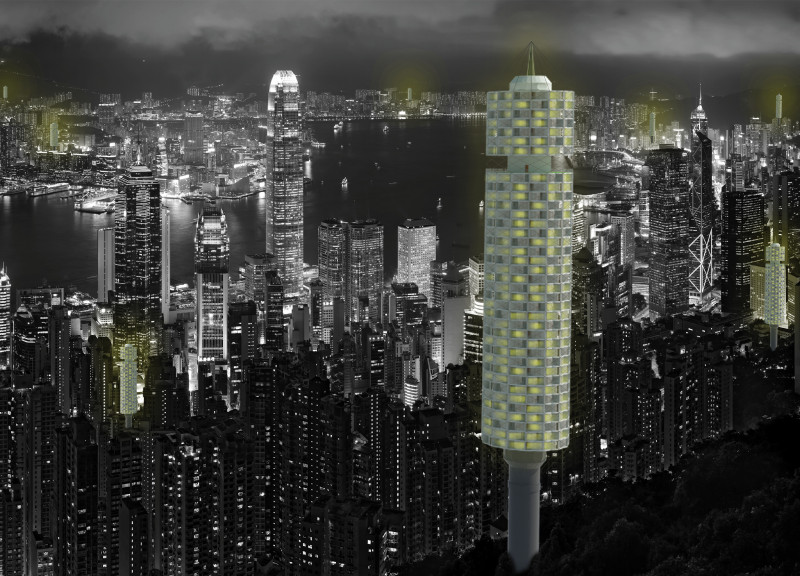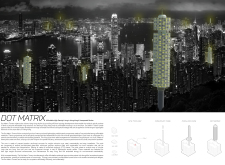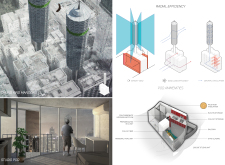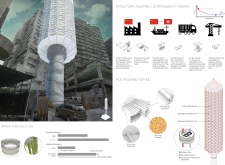5 key facts about this project
The primary function of the project revolves around [specific functions, e.g., education, cultural gatherings, recreational activities], where the design facilitates a variety of activities and interactions among users. This multifunctionality is reflected in the spatial organization, which comprises open areas promoting socialization alongside dedicated spaces for focused tasks. The design integrates seamlessly into the landscape, providing not only a building but an inviting environment that encourages engagement.
Key elements of the project include its spatial layout, characterized by [details such as an open floor plan, flow between spaces, vertical connections, etc.]. Strategically placed windows and openings maximize natural light and promote ventilation, thereby enhancing the overall indoor experience. The use of local materials reflects a conscious effort to root the project within its surroundings. Among the materials selected are reinforced concrete, known for its durability and structural qualities, along with glass that allows for transparency and connection to the exterior environment. Timber elements introduce warmth and texture, effectively bridging the gap between the built and natural environments. Steel components contribute to the structural efficiency, supporting complex geometries that define the building’s silhouette.
Unique design approaches are present throughout the project, evident in details such as [specific architectural features, e.g., green roofs, living walls, cantilevered structures, etc.]. These features not only enhance the visual appeal of the architecture but also promote environmental sustainability. For instance, the incorporation of green roofs aids in managing stormwater runoff while insulating the building. The design further embraces principles of passive heating and cooling, showcasing an awareness of energy efficiency and environmental impact.
The interaction of indoor and outdoor spaces is another defining aspect of the project. Terraces and gardens provide users with direct access to nature, promoting well-being and creating a pleasant atmosphere for community activities. The landscape design complements the architectural aspects, with pathways and plantings that invite exploration and relaxation.
As the project progresses, it serves as a case study in effective architectural practices that focus on people and their environment. The attention to detail in both the broader composition and individual elements is commendable, echoing a thoughtful consideration of how spaces are used and perceived. This architecture aligns with current trends in sustainable design while equally prioritizing the needs of the community it serves.
To explore the project further, viewers are encouraged to examine the architectural plans, architectural sections, and architectural ideas that provide deeper insights into the design's intentions and implications. Engaging with these elements will offer a comprehensive understanding of how the project embodies contemporary architectural practices while fostering a meaningful dialogue with its surroundings.


























